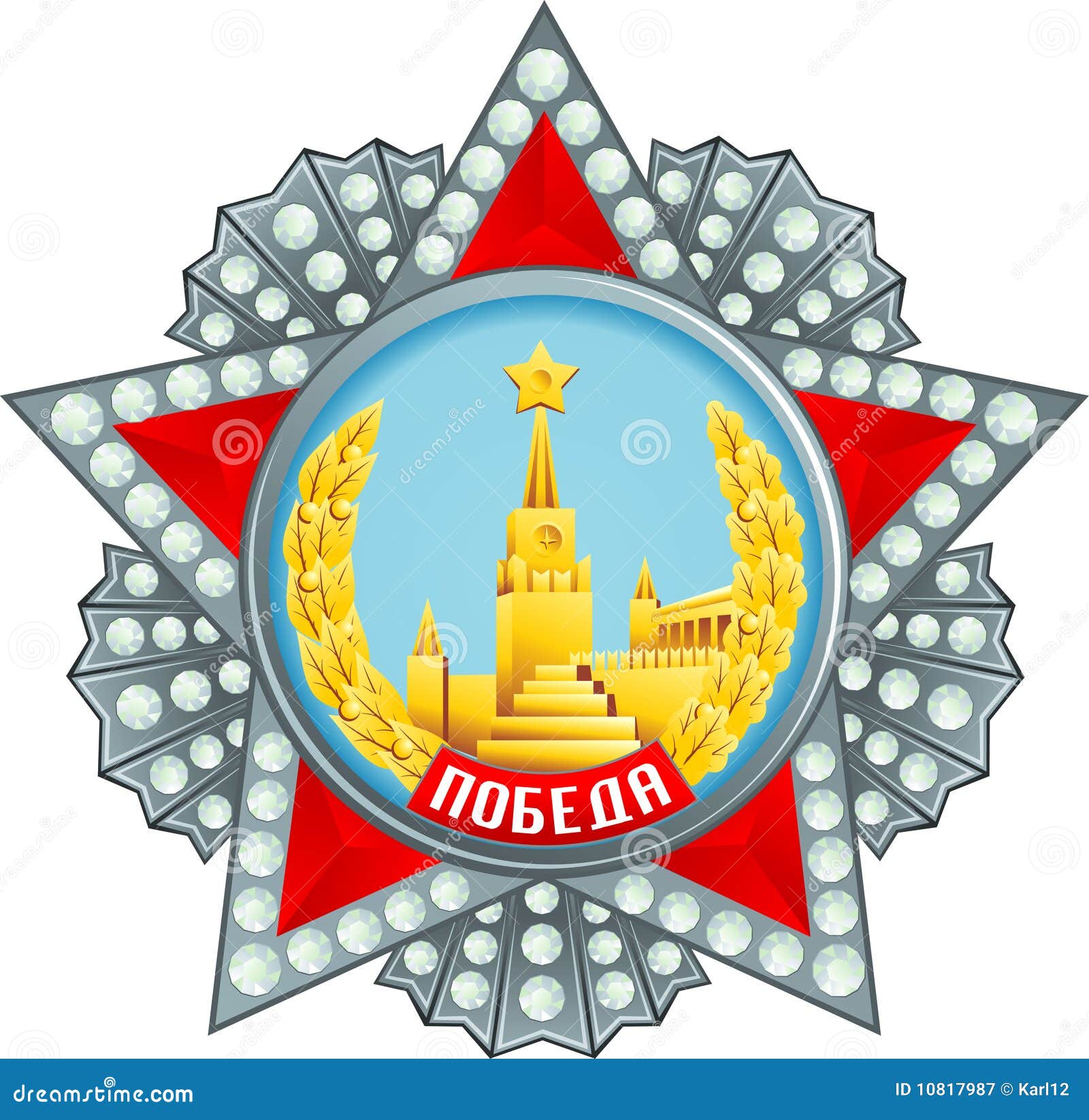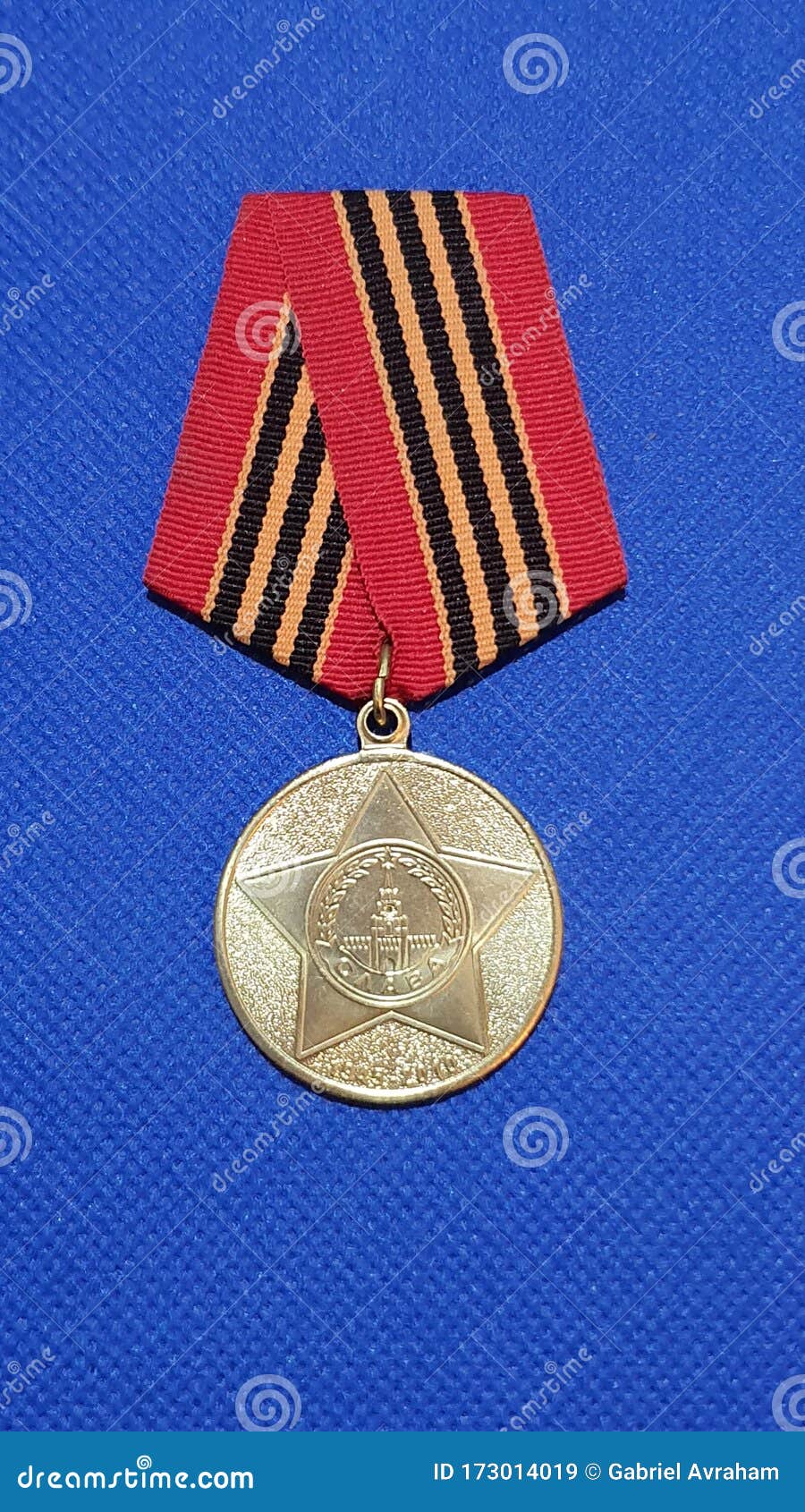

A number of public and private collections are devoted to the Victoria Cross. īecause of its rarity, the VC is highly prized, and the medal has fetched over £400,000 at auctions. The historian John Glanfield has established that the metal for most of the medals made since December 1914 came from two Chinese cannons and that there is no evidence of Russian origin. However, research has indicated another origin for the material. The traditional explanation of the source of the metal from which the medals are struck is that it derives from a Russian cannon captured at the siege of Sevastopol. Only 15 medals, of which 11 to members of the British Army and 4 to members of the Australian Army, have been awarded since the Second World War. Since then, the medal has been awarded 1,358 times to 1,355 individual recipients. The VC was introduced on 29 January 1856 by Queen Victoria to honour acts of valour during the Crimean War. The investitures are usually held at Buckingham Palace. Since the first awards were presented by Queen Victoria in 1857, two-thirds of all awards have been personally presented by the British monarch. No civilian has received the award since 1879.

It may be awarded to a person of any military rank in any service and to civilians under military command. It was previously awarded by countries of the Commonwealth of Nations, most of which have established their own honours systems and no longer recommend British honours. It is awarded for valour "in the presence of the enemy" to members of the British Armed Forces and may be awarded posthumously. The Victoria Cross ( VC) is the highest and most prestigious award of the British honours system. Persons of any rank in the Naval, Military and Air Forces of the United Kingdom, its colonies or territories, and Commonwealth countries that award UK honours members of the Merchant Navy and civilians serving under the orders, directions or supervision of any of the above-mentioned forces or services īars can be awarded for further acts of valour most conspicuous bravery, or some daring or pre-eminent act of valour or self-sacrifice, or extreme devotion to duty in the presence of the enemy" īronze Cross pattée with Crown and Lion Superimposed, and motto: "For Valour"

Obverse of the cross ribbon: 1 + 1⁄ 2 inches (38 mm), crimson (blue ribbon for naval awards 1856–1918)


 0 kommentar(er)
0 kommentar(er)
